Top 10 Fifth Generation Fighter Aircraft
Top 10 Fifth Generation Fighter Aircraft
10. HAL AMCA – India
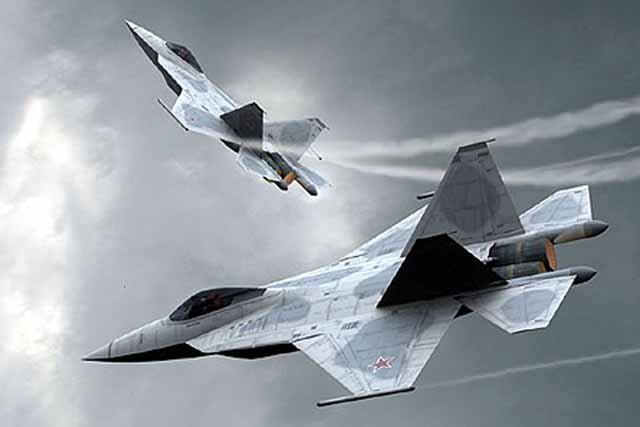
The HAL Advanced Medium Combat Aircraft (AMCA) is an Indian programme of a fifth-generation fighter aircraft. It is being developed by an aerospace industry team which consists of the Aeronautical Development Agency as the design firm with manufacturing carried out by Hindustan Aeronautics Limited (HAL) as the primary contractor and main assembly firm. It is a single-seat, twin-engine, stealth supermaneuverable all weather multirole fighter aircraft. Unofficial design work on the AMCA started in 2008 with official work started in 2011 and completed in 2014. In 2008, the Indian Navy joined the programme seeking a naval variant optimized for operation from aircraft carriers. The first flight is scheduled to occur in 2023–24.
9. Shenyang J-31 (F-60) – China
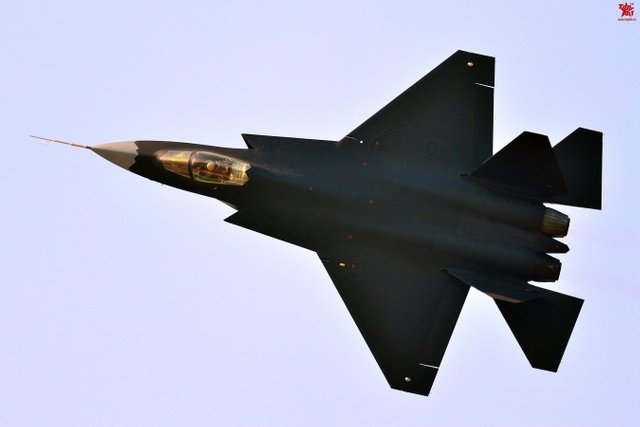
The Shenyang J-31 (or "FC-31 fifth Generation Multi-Purpose Medium Fighter") also known as the "Gyrfalcon", or "Falcon Hawk" by some military enthusiasts, is a twin-engine, mid-size fifth-generation jet fighter currently under development by Shenyang Aircraft Corporation. The fighter has also been referred to as the "F-60" or "J-21 Snowy Owl" in some media reports.
8. HAL Sukhoi PMF/FGFA – India & Russia
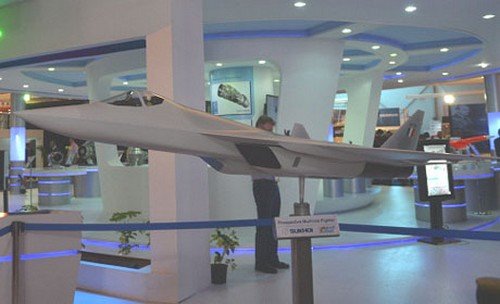
The Sukhoi/HAL Fifth Generation Fighter Aircraft (FGFA) or Perspective Multi-role Fighter (PMF) is a fifth-generation fighter being developed by India and Russia. It is a derivative project of the Russian PAK FA (T-50 is the prototype) being developed for the Russian Air Force. FGFA was the earlier designation for the Indian version, while the combined project is now called the Perspective Multi-Role Fighter (PMF). The completed FGFA will include a total of 43 improvements over the T-50, including stealth, supercruise, advanced sensors, networking and combat avionics. Two separate prototypes will be developed, one by Russia and a separate one by India. The Indian version will be a two-seater for pilot and co-pilot/Weapon Systems Operator (WSO).
7. TAI TFX / F-X – Turkey
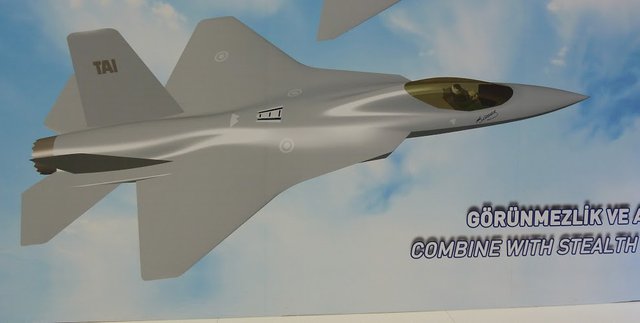
TAI TFX is a twin-engine all-weather Fifth-generation Turkish aerial superiority fighter jet being developed by Turkish Aerospace Industries (TAI) with technological assistance from BAE Systems of the United Kingdom. The aircraft is slated to replace the Turkish Air Force's F-16's and is being planned to be offered to foreign air forces as-well. The project is one of many ongoing high-profile military projects in Turkey.
6. Mitsubishi ATD-X (Shinshin) – Japan
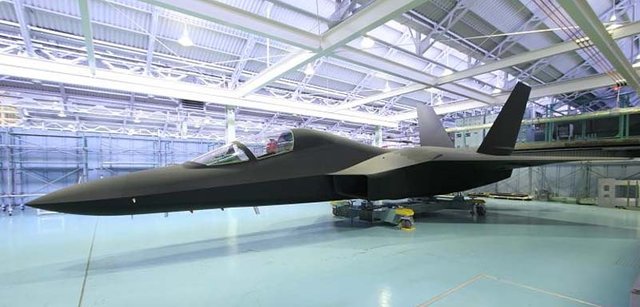
The Mitsubishi X-2 Shinshin (formerly the ATD-X) is a Japanese experimental aircraft for testing advanced stealth fighter aircraft technologies. It is being developed by the Japanese Ministry of Defense Technical Research and Development Institute (TRDI) for research purposes. The main contractor of the project is Mitsubishi Heavy Industries. Many consider this aircraft to be Japan's first domestically made stealth fighter. ATD-X is an acronym for "Advanced Technology Demonstrator – X". The aircraft is widely known in Japan as Shinshin ( meaning "spirit of the heart"), although the name itself is an early code name within the Japan Self-Defense Forces and is not officially in use. The aircraft's first flight was on 22 April 2016.
5. KAI KF-X – South Korea
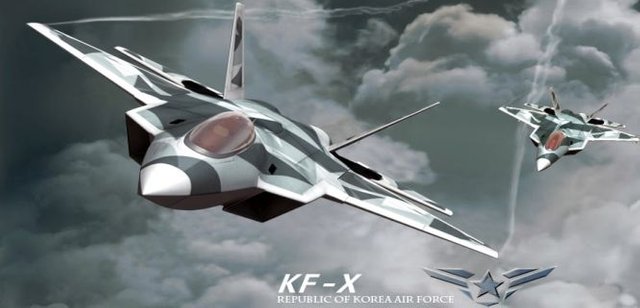
The Korea Aerospace Industries KF-X/IF-X is a South Korean program to develop an advanced multirole fighter for the Republic of Korea Air Force (ROKAF) and Indonesian Air Force (TNI-AU), spearheaded by South Korea with Indonesia as the primary partner. It is South Korea's second fighter development program following the FA-50.
The project was first announced by South Korean President Kim Dae-Jung at the graduation ceremony of the Korea Air Force Academy in March 2001. South Korea and Indonesia agreed to cooperate in the production of KF-X/IF-X warplanes in Seoul on July 15, 2010. The initial operational requirements for the KF-X/IF-X program as stated by the ADD (Agency for Defence Development) were to develop a single-seat, twin-engine jet with stealth capabilities beyond either the Dassault Rafale or Eurofighter Typhoon, but still less than the Lockheed Martin F-35 Lightning II. The overall focus of the program is producing a 4.5th generation fighter with higher capabilities than a KF-16 class fighter by 2020. Quantities of the resulting fighter are planned at 120 for the ROK Air Force and 80 for the Indonesian Air Force. South Korea plans to procure it from 2023 to 2030.
4. Lockheed Martin F-35 Lightning II – USA
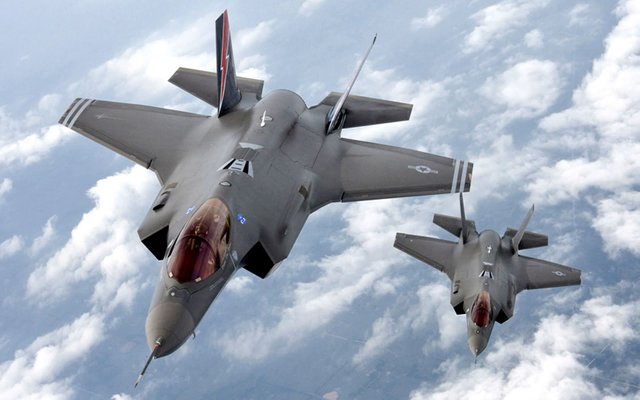
The Lockheed Martin F-35 Lightning II is a family of single-seat, single-engine, all-weather stealth multirole fighters undergoing final development and testing for the United States and partner nations. The fifth generation combat aircraft is designed to perform ground attack and air defense missions. The F-35 has three main models: the F-35A conventional takeoff and landing (CTOL) variant, the F-35B short take-off and vertical-landing (STOVL) variant, and the F-35C carrier-based Catapult Assisted Take-Off But Arrested Recovery (CATOBAR) variant. On 31 July 2015, the first squadron of F-35B fighters was declared ready for deployment after intensive testing by the United States Marines. On 2 August 2016, the U.S. Air Force declared its first squadron of F-35A fighters as combat-ready.
The F-35 is descended from the X-35, which was the winning design of the Joint Strike Fighter (JSF) program. It is being designed and built by an aerospace industry team led by Lockheed Martin. Other major F-35 industry partners include Northrop Grumman, Pratt & Whitney and BAE Systems. The F-35 took its first flight on 15 December 2006. The United States plans to buy 2,457 aircraft. The F-35 variants are intended to provide the bulk of the manned tactical airpower of the U.S. Air Force, Navy and the Marine Corps over the coming decades. Deliveries of the F-35 for the U.S. military are scheduled to be completed in 2037 with a projected service life up to 2070.
3. Sukhoi PAK FA (T-50) – Russia
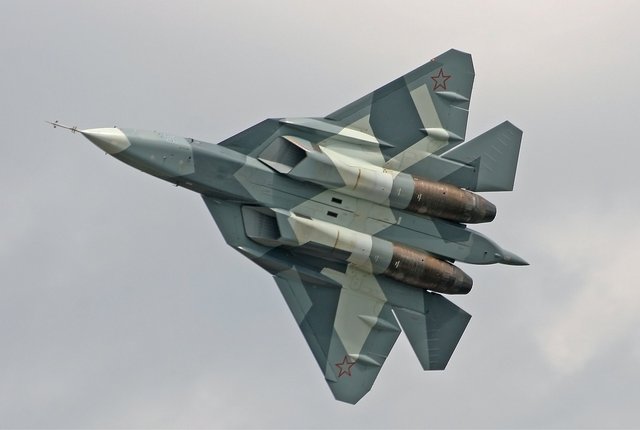
The Sukhoi PAK FA is a fifth-generation fighter programme of the Russian Air Force. The T-50 is the name of the prototype aircraft (though it is unlikely it will be the name for the production aircraft) designed by Sukhoi for the PAK FA programme. The aircraft is a stealthy, single-seat, twin-engine jet fighter, and will be the first operational aircraft in Russian service to use stealth technology. It is a multirole fighter designed for air superiority and attack roles. The fighter is planned to have supercruise, stealth, supermaneuverability, and advanced avionics to overcome the prior generation of fighter aircraft as well as ground and maritime defences.
The PAK FA is intended to be the successor to the MiG-29 and Su-27 in the Russian Air Force and serve as the basis for the Fifth Generation Fighter Aircraft (FGFA) being co-developed by Sukhoi and Hindustan Aeronautics Limited (HAL) for the Indian Air Force. The T-50 prototype first flew on 29 January 2010 and the first production aircraft is slated for delivery to the Russian Air Force starting in late 2016 or early 2017. The prototypes and initial production batch will be delivered with a highly upgraded variant of the AL-31F used by the Su-27 family as interim engines while a new clean-sheet design powerplant is currently under development. The aircraft is expected to have a service life of up to 35 years.
2. Chengdu J-20 (Black Eagle) – China
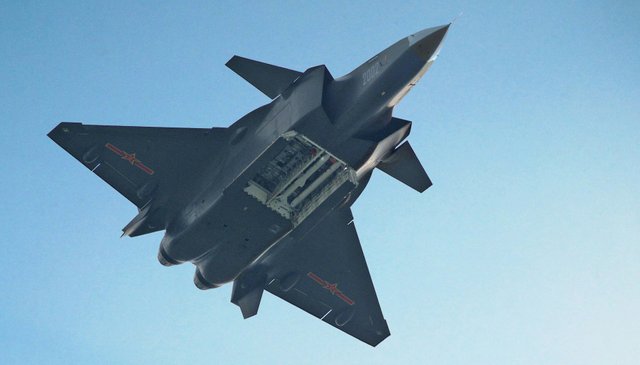
The Chengdu J-20 is a stealth, twinjet, fifth-generation fighter aircraft developed by China's Chengdu Aerospace Corporation for the Air Force (PLAAF). The J-20 made its first flight on 11 January 2011, and is expected to be operational in 2018. China's J-20 platform has the potential to be a capable, long-range strike system in the Asia-Pacific region, with low rate initial production appearing to have begun as of January 2016.
1. Lockheed Martin F-22 Raptor – USA
.jpg/1280px-Two_F-22A_Raptor_in_column_flight_-_(Noise_reduced).jpg)
The Lockheed Martin F-22 Raptor is a fifth-generation, single-seat, twin-engine, all-weather stealth tactical fighter aircraft developed for the United States Air Force (USAF). The result of the USAF's Advanced Tactical Fighter program, the aircraft was designed primarily as an air superiority fighter, but also has ground attack, electronic warfare, and signals intelligence capabilities. The prime contractor, Lockheed Martin, built most of the F-22's airframe and weapons systems and did its final assembly, while Boeing provided the wings, aft fuselage, avionics integration, and training systems.
The aircraft was variously designated F-22 and F/A-22 before it formally entered service in December 2005 as the F-22A. After a protracted development and despite operational issues, the USAF considers the F-22 critical to its tactical air power, and says that the aircraft is unmatched by any known or projected fighter. The Raptor's combination of stealth, aerodynamic performance, and situational awareness gives the aircraft unprecedented air combat capabilities.
The high cost of the aircraft, a lack of clear air-to-air missions due to delays in Russian and Chinese fighter programs, a ban on exports, and development of the more versatile F-35 led to the end of F-22 production. A final procurement tally of 187 operational production aircraft was established in 2009 and the last F-22 was delivered to the USAF in 2012.
Great article , and as always not up voted (
A Very informative article..... Definitely gonna upvote ... Check out something similar I wrote ..
https://steemit.com/technology/@hassaanmalik/blaze-of-the-new-thunder-the-jf-17-thunder